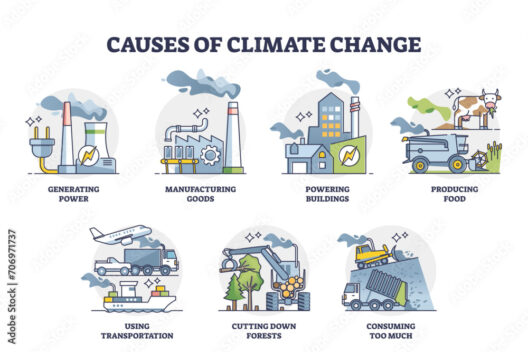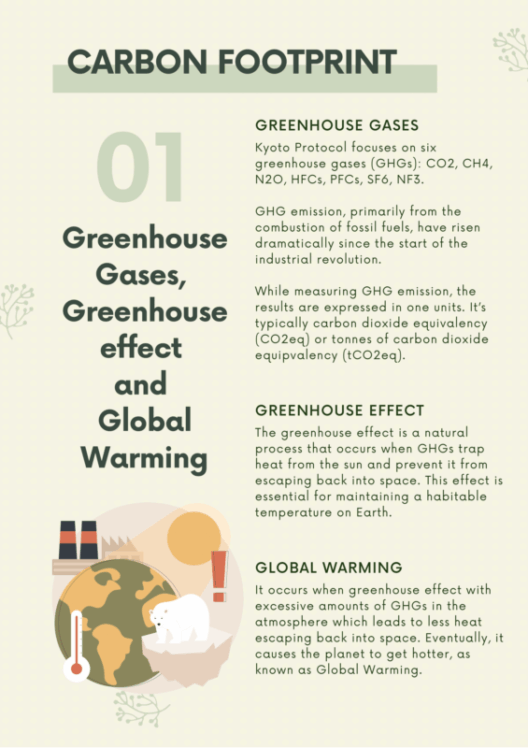Understanding the cost of conserved energy (CCE) is essential for those engaged in the discourse surrounding energy conservation and environmental sustainability. At its core, the concept of CCE challenges traditional perceptions of energy economics, prompting us to reevaluate how we approach energy efficiency. It transcends mere numbers; it is a framework through which we can reason about our energy consumption vis-à-vis our ecological footprint.
To embark on this exploration, we must first define what exactly constitutes the cost of conserved energy. Essentially, CCE represents the economic value associated with saving one unit of energy through efficiency measures. This contrasts sharply with the conventional notion of energy costs, which typically focus on the price of energy from supply sources such as fossil fuels or renewable generation. Instead, CCE foregrounds the importance of reducing demand and emphasizes the financial implications of utilizing energy-saving technologies.
When contemplating the CCE, it is prudent to consider the myriad factors that contribute to the overall cost of energy conservation. Comprehensive calculations encompass both direct and indirect costs associated with energy efficiency initiatives. Direct costs include investment in technology, retrofitting buildings, enhancing insulation, or upgrading appliances. Indirect costs, however, can be more elusive; they may involve the analysis of behavioral changes, maintenance, and even the early obsolescence of existing equipment.
The economic rationale for advocating energy conservation is compelling. Reducing energy consumption can liberate resources, allowing them to be allocated to other critical sectors such as education, health, or infrastructure. Moreover, energy conservation plays an integral role in mitigating global warming, as decreased energy demand often results in diminished greenhouse gas emissions. This dual benefit—in terms of economic and ecological savings—highlights a broader narrative about the potential for a global transition toward sustainability.
Furthermore, the application of energy efficiency measures invariably leads to a cascading effect—an interconnected tapestry woven from savings accrued in one area to benefit others. For instance, utilities frequently offer rebates for energy-efficient appliances, which not only reduce consumers’ overall bills but also incentivize the adoption of cleaner technology. In this symbiotic relationship, consumers save money while utilities lower their load, potentially deferring the need for additional power plants.
Nonetheless, quantifying the CCE does not come without challenges. Variability in economic conditions, regulatory frameworks, and technological advancements all coalesce to influence the assessment of energy savings. Moreover, achieving a universal metric for CCE can become convoluted when considering regional energy prices and the diverse contexts surrounding consumption. Hence, while a standardized formula for CCE can provide a foundational understanding, it must remain adaptable to accommodate these complexities.
The allure of energy conservation is amplified when one examines its implications through the lens of return on investment (ROI). The upfront expenditures associated with energy-saving technologies may seem formidable; however, the longitudinal analysis reveals considerable payback periods through reduced utility costs. In essence, each dollar invested in energy efficiency not only yields tangible savings but also cultivates a more sustainable future where resources are utilized judiciously.
Critically, reported statistics indicate that the cost of conserved energy can, in many instances, be significantly less than the cost of conventional energy production. This observation commands our attention—an imperative to shift perspectives and prioritize conservation measures. Energy policy analysis increasingly positions CCE as a pivotal element in strategic decision-making, calling for frameworks that endorse efficiency as a primary objective.
To broaden the discourse, let’s explore the ramifications of governmental incentives and policy structures on the CCE. Policymakers possess the capacity to cultivate an environment conducive to energy-saving innovations through tax credits, grants, or subsidies. These initiatives instill motivation for both consumers and industries to embrace energy-efficient practices, subsequently reverberating throughout the economy and altering demand dynamics. As markets react to favorable regulatory conditions, a downward pressure on energy costs emerges alongside an upswing in the adoption of greener technologies.
However, despite encouraging trends, skepticism still exists. Some critiques arise from the perceived incrementalism of energy efficiency gains—arguing that they merely chip away at the problem without addressing root causes. It is essential to confront this skepticism head-on, highlighting the cumulative nature of conservation; every kilowatt hour saved is an incremental victory contributing to a larger battle against wasteful consumption. By fervently embracing a culture of energy conservation, society can collectively ignite substantive change.
In summation, the economics behind the cost of conserved energy extend far beyond empirical measurements. The intersection of fiscal responsibility and environmental stewardship presents a future filled with promise. Energy efficiency stands as a harbinger of a more sustainable society, where resources are not merely consumed, but preserved and respected. This holistic approach necessitates open discourse and unwavering commitment from all stakeholders—government, industry, and consumers alike. As we contemplate the path ahead, the imperative remains clear: the cost of conserved energy is not merely a financial metric; it is a transformative force poised to redefine our relationship with energy itself.







